Discover the joy of crafting unique and stylish handmade jewelry accessories with our comprehensive guide. Whether you’re a seasoned crafter or new to the world of DIY projects, this article offers everything you need to create stunning pieces that reflect your personal style. From selecting the right materials to mastering essential techniques, we’ll walk you through each step to ensure your creations stand out. Explore tips on making your jewelry unique, the best materials for high-quality accessories, and how to sell your handmade pieces successfully. Get ready to unleash your creativity and elevate your craft with expert advice tailored to help you succeed.
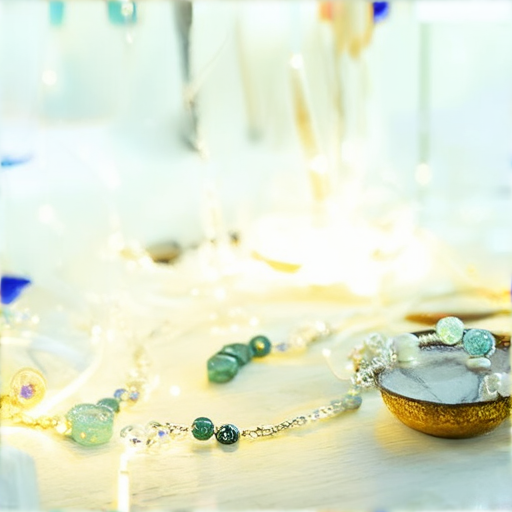
What is the easiest accessory to make?
We’ve compiled a list of simple yet stylish accessories that anyone can craft, perfect for beginners and crafting enthusiasts alike:
- Reusable Tote Bags – A quick project using fabric or recycled materials. Perfect for grocery shopping or carrying essentials.
- DIY Candles – Create scented candles using beeswax or soy wax with essential oils for a relaxing home decor piece.
- Planters – Transform household items like empty glass bottles or clay pots into vibrant plant containers.
- Coasters – Personalize your own set using resin, wood, or metal, ensuring your drinks stay protected.
- Scarves – A great way to express personal style with colorful fabrics tied or knotted elegantly.
- Kitchen Towels – Add a fun pattern or design to plain towels for a functional and decorative touch.
- Jewelry – Craft simple pieces like necklaces or bracelets using beads, wires, or leather strands.
- Photo Frames – Repurpose old frames or create custom ones using wood or cardboard for displaying cherished memories.
- Art Prints – Turn your favorite photos into framed artwork or canvas prints for a personalized touch.
- Blankets – Sew together fabric remnants or use a sewing machine to create cozy throws for your space.
These projects require minimal tools and materials, making them ideal for anyone looking to dip their toes into crafting. Visit our easy accessories guide for step-by-step tutorials and inspiration!
What DIY Jewelry Sells the Most?
When it comes to DIY jewelry, certain designs consistently perform well due to their simplicity, affordability, and marketability. Here’s a breakdown of popular options:
- Beaded Bracelets : These are a top choice for many crafters and shoppers alike. Their customizable nature and availability in various bead types make them a favorite for festivals, markets, and online stores.
- Pendant Necklaces : Perfect for those looking to create something elegant yet easy, pendant necklaces can be crafted from materials like glass, resin, or even metal. They’re ideal for gift items and personal expressions.
- Hoop Earrings : A classic design that appeals to many, hoop earrings are timeless and widely appreciated for their versatility. They’re often paired with other pieces for a cohesive look.
Additionally, charm bracelets and anklets are gaining traction due to their personalization potential and trendy appeal. Incorporating elements like crystals or gemstones can further enhance their allure, catering to those seeking natural beauty in their accessories.
To maximize sales, consider leveraging social media platforms like Instagram and Pinterest to showcase your creations. Collaborate with influencers and offer workshops or DIY kits to engage your audience. Keeping your pricing competitive while emphasizing quality and uniqueness will help differentiate your products in the market.
By focusing on simplicity, customization, and staying attuned to current fashion trends, you can create jewelry that not only sells well but also resonates with your target audience. Remember to use keywords like “DIY jewelry,” “handmade,” and “crafts” to optimize your content and improve visibility.
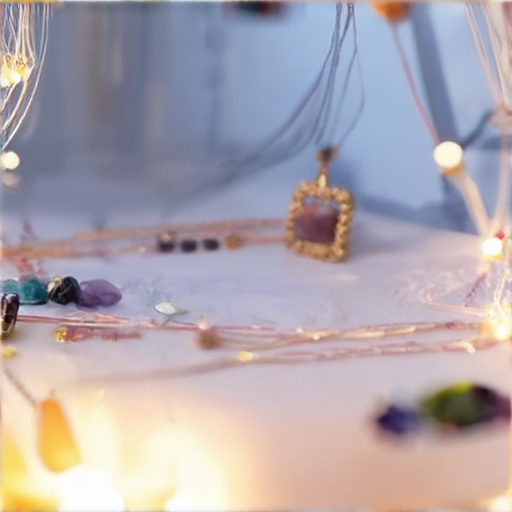
How to Make Handmade Jewelry at Home
Creating beautiful handmade jewelry can be a rewarding and fun craft project. Whether you’re making earrings, necklaces, bracelets, or rings, the process involves selecting materials, designing your piece, and carefully crafting it step-by-step. Here’s a simple guide to help you get started:
Materials Needed
- Beads and charms
- Jewelry-grade wire or string
- Gemstones or crystals
- Epoxy resin or glue
- Sandpaper and polishing tools
- Paint or dyes (optional)
- Light source and workspace
Tools Required
- Pliers (for shaping wire)
- Wire cutters
- Craft knife or scissors
- Workbench or table
- Lights (for visibility)
Steps to Make Handmade Jewelry
- Select Your Materials: Choose beads, gemstones, and wires that match your style. Decide on the type of jewelry you want to make.
- Design Your Piece: Sketch your idea on paper or visualize it in your mind. Plan the layout and how components will fit together.
- Start Crafting:
- If using wire, bend it into loops or shapes using pliers.
- Attach beads or stones to the wire using glue or epoxy resin.
- Add charm or pendants to your design.
- Finish Your Jewelry: Polish each part with sandpaper or a polishing cloth. Apply paint or dye if desired, and let it dry completely.
- Display Your Creation: Showcase your jewelry in a nice case or wear it as a statement piece.
Tips for Success
- Practice basic techniques to improve your skills over time.
- Work in a well-lit area for better visibility.
- Experiment with different materials to create unique pieces.
- Consider joining a jewelry-making community for support and inspiration.
With these tips and steps, you can create stunning handmade jewelry that reflects your personal style. Happy crafting!
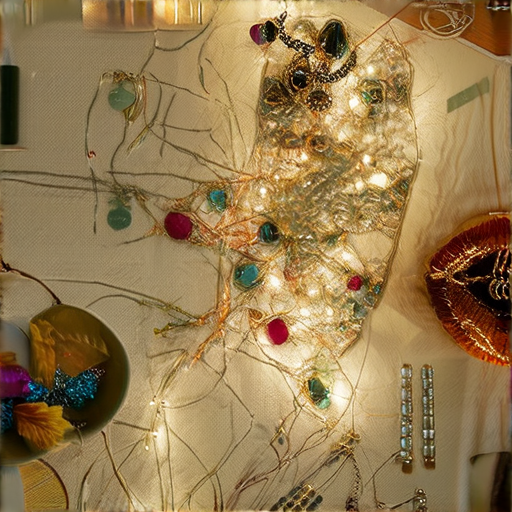
How to Make Your Jewelry Unique
To make your jewelry truly unique, consider these innovative approaches:1. **Unconventional Materials**: Break free from traditional materials by incorporating unexpected elements like leather, feathers, or even fabric. These textures add depth and interest to your designs.2. **Storytelling Through Design**: Share a personal story or inspiration behind each piece. This adds emotional value and makes your jewelry more meaningful.3. **Asymmetrical Designs**: Embrace irregularity with geometric shapes that defy symmetry, giving your pieces a bold, modern look.4. **Eco-Friendly Elements**: Use recycled materials to create eco-conscious jewelry, appealing to environmentally aware customers.5. **Specialized Techniques**: Master advanced methods like metalworking or enameling to elevate your creations and offer something extraordinary.6. **Attention to Detail**: Use high-quality materials and meticulous craftsmanship to ensure each piece stands out.7. **Custom Features**: Add personalized touches such as custom engravings or unique findings to make each piece one-of-a-kind.8. **Bold Color Palettes**: Experiment with unexpected color combinations to create eye-catching pieces that defy conventional aesthetics.9. **Fusion of Styles**: Combine contrasting styles like minimalist and bohemian to create visually striking, eclectic designs.10. **Lighting Effects**: Choose metals that shimmer under different lights to enhance the visual impact of your jewelry.By blending creativity, personalization, and technical skill, you can craft jewelry that is truly distinctive and memorable. Explore resources like Pravylo Projectfor tutorials and inspiration to kickstart your unique designs.
Best Materials for Creating Handmade Accessories
When crafting handmade accessories, selecting the right materials is crucial for both functionality and aesthetics. Here’s a guide to the best materials for various types of accessories:
1. Jewelry
- Beads : Available in glass, plastic, ceramic, and natural materials like pearls or crystals.
- Leather : Durable and versatile, ideal for bracelets, necklaces, and belts.
- Metals : Silver, gold, copper, and stainless steel are popular choices for rings and pendants.
- Gemstones : Enhance designs with diamonds, sapphires, or amulets.
2. Bags and Purses
- Cotton : Lightweight and breathable, perfect for summer accessories.
- Polyester : Durable and water-resistant, great for everyday use.
- Hemp : Eco-friendly and long-lasting, ideal for sturdy bags.
- Leather : Offers a luxurious look and feel, available in various colors and finishes.
3. Home Decor Items
- Wood : Ideal for making decorative items like bowls, vases, and wall art.
- Metal : Used for decorative pieces like candle holders and picture frames.
- Recycled Materials : Eco-conscious options like recycled cardboard or plastic.
4. Other Accessories
- Fabric : Soft and adaptable for items like pillowcases or stuffed animals.
- Thread : Essential for sewing and embroidery, adding detail to your creations.
- Plastic : Versatile for lightweight and durable items like keychains or storage boxes.
Tips for Choosing Materials
- Durability : Consider the intended use and lifespan of the accessory.
- Comfort : For wearable items, choose materials that won’t cause irritation.
- Cost-effectiveness : Balance quality and budget based on the project’s complexity.
- Sustainability : Opt for eco-friendly materials like hemp or recycled goods.
Explore more DIY ideas and discover the perfect materials for your next crafting project on the Pravylo Project .
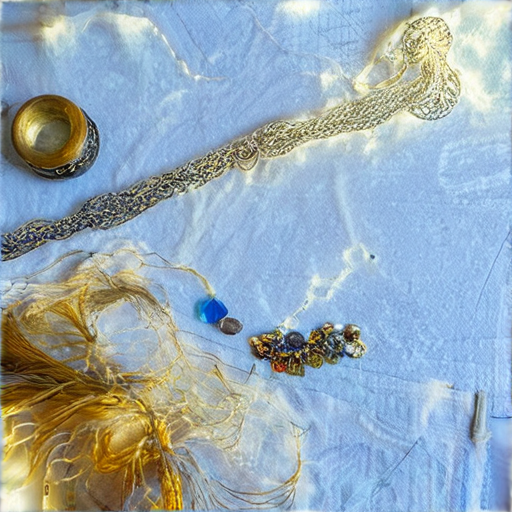
Best Materials for Creating Handmade Accessories
When crafting handmade accessories, selecting the right materials is crucial for both functionality and aesthetic appeal. Here’s a curated list of the top materials to consider:
- Fabric : Cotton, polyester, silk, and organic materials are excellent for creating textiles like bags, clothing, and home decor. They are soft, durable, and easy to work with.
- Leather : Known for its durability and versatility, leather is ideal for making accessories like wallets, belts, and jackets. It ages gracefully and offers a sophisticated look.
- Wood : Wood adds a natural, rustic charm to projects. It’s perfect for crafting jewelry holders, decorative items, and small furniture pieces. Choose from oak, maple, or birch for different aesthetics.
- Metal : Metals like stainless steel, aluminum, and copper are great for creating functional and stylish accessories. They are long-lasting and can be shaped into various designs.
- Plastic : Acrylic and polypropylene are lightweight and easy to mold. They’re ideal for creating colorful and sturdy accessories like cases, organizers, and decorative items.
When choosing materials, consider factors like durability, ease of use, and environmental impact. Experiment with different textures and finishes to create unique pieces that stand out!



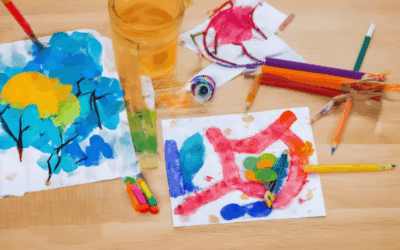
0 Comments